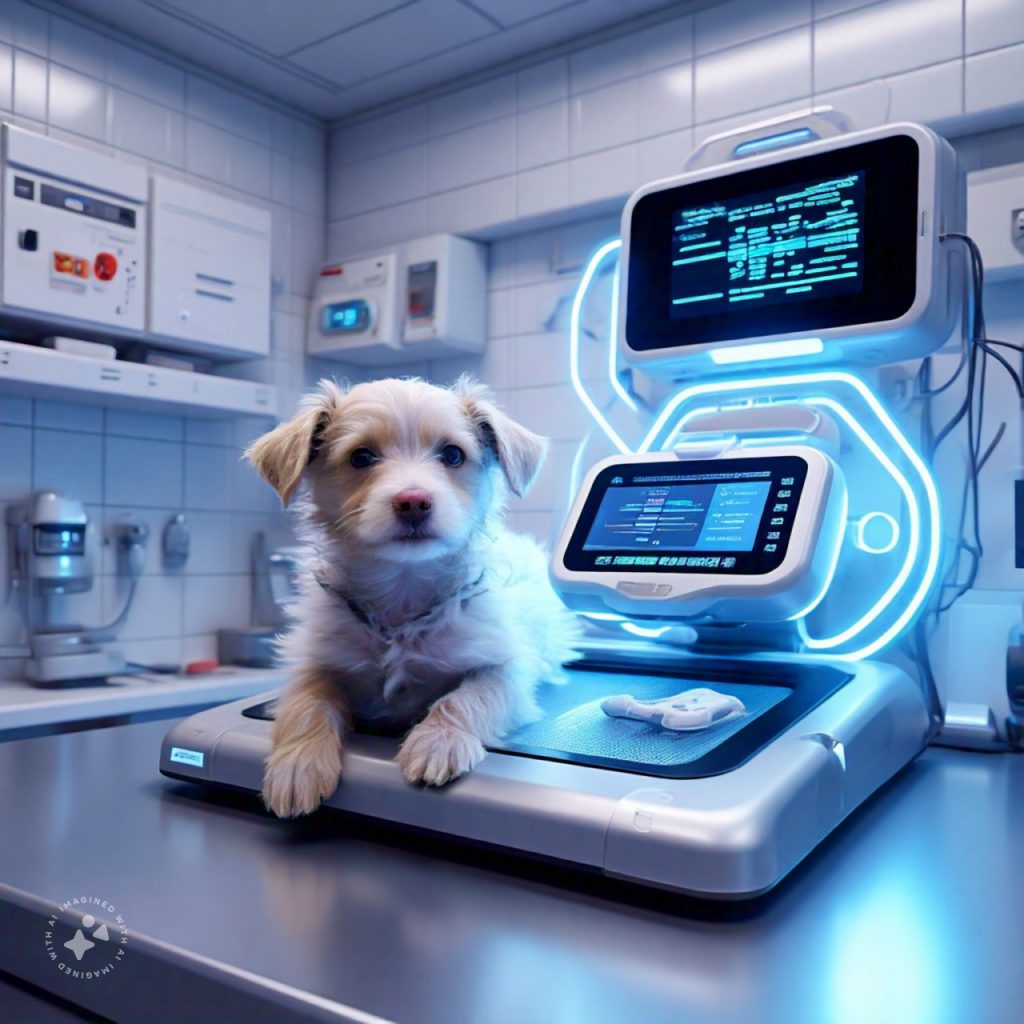As we approach 2025, the pet care industry is undergoing a remarkable transformation driven by cutting-edge technology. From smart wearables to AI-powered health diagnostics, pet tech is reshaping the way we care for our furry, feathered, and scaly companions. Here’s an in-depth look at the top innovations poised to revolutionize pet care in 2025.
1. Smart Wearables for Pets
Pet wearables are evolving from simple activity trackers to comprehensive health monitoring devices. These smart gadgets, often attached to collars or worn as harnesses, track metrics such as:
- Heart rate
- Activity levels
- Sleep patterns
- Calorie expenditure
Innovations like GPS-enabled collars ensure owners can locate their pets in real-time, addressing the common fear of losing a pet. Some wearables even monitor hydration and stress levels, alerting owners to potential health issues.
Game-changer: Wearables integrated with vet platforms allow automatic sharing of health data, enabling proactive veterinary care.
2. AI-Powered Pet Health Diagnostics
AI is making waves in human healthcare, and now it’s transforming veterinary diagnostics. By analyzing pet symptoms and behaviors, AI-driven platforms provide:
- Early disease detection
- Tailored treatment suggestions
- Efficient triage for emergencies
For instance, smart cameras equipped with AI can detect subtle changes in gait, posture, or eating habits—signs that may indicate underlying health issues like arthritis or digestive problems.
Game-changer: AI diagnostic tools accessible via apps empower pet owners to act quickly, reducing the risk of complications.
3. Robotic Companions
Robotic pets and companions are not just toys—they’re tools to combat loneliness and separation anxiety in pets. These devices mimic interaction through:
- Voice commands
- Motion sensors
- Interactive play modes
For instance, robotic companions can entertain a dog while the owner is at work, reducing destructive behaviors caused by boredom.
Game-changer: Advanced models learn your pet’s preferences over time, providing a personalized play and engagement experience.
4. Automated Feeders and Smart Nutrition
Gone are the days of worrying about your pet’s diet while you’re away. Smart feeders and dispensers offer:
- Scheduled feeding
- Portion control
- Integration with dietary recommendations
Some devices sync with apps to track your pet’s calorie intake and adjust portions based on their weight and activity levels. High-tech feeders can even store and dispense multiple types of food, catering to pets with varied dietary needs.
Game-changer: AI-enhanced feeders that use cameras and algorithms to detect when pets approach and adjust food dispensing accordingly.
5. Telehealth for Pets
Virtual veterinary care is now more accessible than ever. Telehealth platforms provide:
- On-demand video consultations
- Prescription services
- Routine health check reminders
These platforms reduce stress for pets and owners alike by avoiding unnecessary trips to the vet. For minor concerns, telehealth offers expert advice without leaving your home.
Game-changer: Integration with wearable data allows veterinarians to make informed decisions during consultations.
6. Pet-Specific Smart Home Integration
Smart home technology is evolving to accommodate pets, making life easier for owners and more comfortable for their animals. Examples include:
- Pet doors activated by microchip collars
- Temperature controls tailored for specific pet breeds
- Cameras with two-way audio for real-time interaction
These innovations not only provide convenience but also enhance security and pet well-being.
Game-changer: Fully automated homes that adjust lighting, climate, and entertainment based on pet behavior patterns.
7. DNA Testing and Personalized Pet Care
DNA testing for pets is gaining traction, offering insights into their genetics, health risks, and breed-specific needs. This allows owners to:
- Anticipate potential health issues
- Customize diets and exercise routines
- Understand unique behavioral traits
Game-changer: Advanced genomic mapping helps vets tailor treatments and preventive care for individual pets.
8. Virtual Reality (VR) Training and Enrichment
Virtual reality tools are revolutionizing pet training and enrichment. VR environments can simulate real-world scenarios to help pets:
- Learn commands more effectively
- Overcome anxiety triggers
- Engage in stimulating activities
These systems are especially useful for training service animals or rehabilitating rescues.
Game-changer: VR apps that sync with smart wearables to track progress and adjust training regimens dynamically.
9. Eco-Friendly Tech for Sustainability
Sustainability is becoming a priority in pet tech. Innovations include:
- Biodegradable litter systems
- Solar-powered pet accessories
- Recyclable or renewable materials in pet toys and gadgets
These advancements appeal to environmentally conscious pet owners while reducing the carbon footprint of pet ownership.
Game-changer: Smart waste disposal systems that convert pet waste into compost or energy.
10. Advanced Behavioral Analytics
Understanding a pet’s behavior is crucial for ensuring their well-being. Advanced analytics tools, often integrated with cameras or wearables, provide insights into:
- Stress levels
- Social behaviors
- Potential triggers for aggression or anxiety
These systems help owners address behavioral issues before they escalate, improving the quality of life for both pets and humans.
Game-changer: Predictive analytics that alert owners to behavioral changes before visible symptoms appear.
The Future of Pet Care
As pet tech continues to evolve, it’s reshaping the bond between humans and their animal companions. By leveraging these innovations, pet owners can provide their furry friends with a longer, healthier, and happier life. Whether you’re a tech enthusiast or a devoted pet parent, 2025 promises to be an exciting year for revolutionizing pet care.
FAQs About Pet Tech in 2025
Q1. Are pet wearables safe for all breeds and sizes?
Yes, most devices are adjustable and cater to various breeds and sizes. Always check for compatibility before purchasing.
Q2. How affordable is pet tech?
While some devices are premium-priced, many companies are offering budget-friendly alternatives without compromising functionality.
Q3. Will robotic companions replace human interaction for pets?
No, robotic companions are designed to supplement human interaction, not replace it. Pets still need love and care from their owners.
Stay ahead of the curve and explore how these innovations can enhance your pet care routine!

